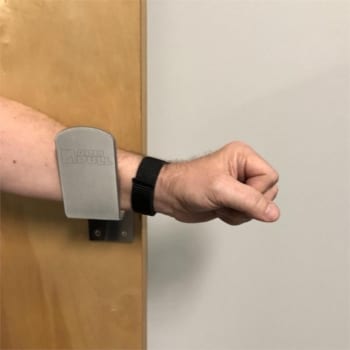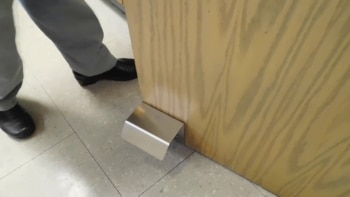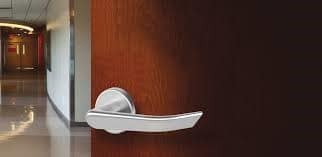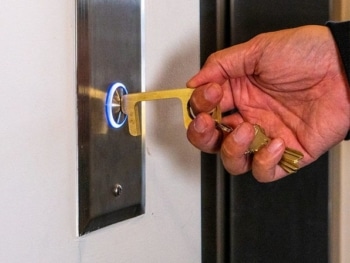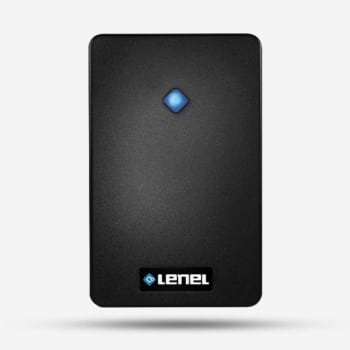Skyrise Master Key Projects – Hundreds of Locks and Thousands of Keys
By Ryan Kaullen, Field Services Manager at Kenton Brothers
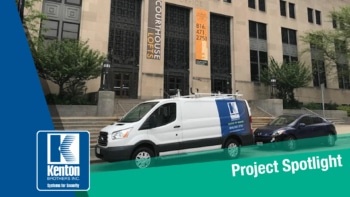 Kenton Brothers is celebrating its 125th year of being a commercial locksmith located in Kansas City, MO. Over the years, we’ve rekeyed just about everything. One of the types of projects we really enjoy is bringing large scale buildings onto master key systems. We’ve talked about Master Key Systems previously. They provide a more secure method of key control.
Kenton Brothers is celebrating its 125th year of being a commercial locksmith located in Kansas City, MO. Over the years, we’ve rekeyed just about everything. One of the types of projects we really enjoy is bringing large scale buildings onto master key systems. We’ve talked about Master Key Systems previously. They provide a more secure method of key control.
Recently, Kenton Brothers rekeyed two large skyrise buildings.
Each building was over 15 floors tall, had historical sections, tenant spaces, resident loft spaces, company only spaces and general use spaces. The trick in these kinds of projects is creating a master key schedule that works for everyone involved. There are two dynamics involved… controlling access for the various use cases, and coordinating the physical project of rekeying at this scale.
Both buildings being rekeyed were built in 1939 and have been restored throughout the years to their current conditions. This type of rekey is especially fun for Kenton Brothers because we love being a part of the story of the historic buildings in Kansas City, Missouri that have been around as long (or close to as long) as our company. (We’re proud to have served the community here in Kansas City as commercial locksmiths for as long as we have!) We love working in old buildings like this because of the architecture and design of the buildings. We don’t get to work in those every day and they are beautiful.
There are a ton of coordination factors to contend with for these types of rekeying projects.
No matter the size of a rekeying project, we first need to create the master key system design and get it approved. Then, we have to schedule installation steps in a way that has the least impact on both commercial tenants and residents of the buildings. (They needed to be given sufficient time to prepare for the rekey.) And the historic sections in both buildings required extra time and planning as well. The most challenging parts of this project was coordination with tenants and having to be extremely careful with the historic doors in both buildings.
We physically had to remove hundreds of locks at each building and rekey them onsite. And we had to cut and stamp over 1,000 keys at each building!
Our main goal with projects like these is to improve the security for people who live and work in these buildings every single day. A master key system helps provide a great first layer of security. We provided quotes for both of these rekeying projects and finished them on time and on budget for our customer.
If your building is past due to be rekeyed, especially if it doesn’t have a master key system in place currently, let’s talk and we will help you secure your people, property, and possessions!

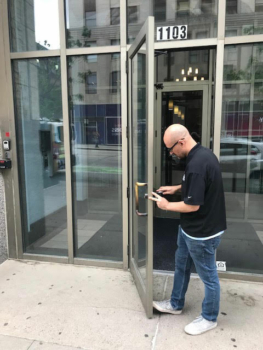
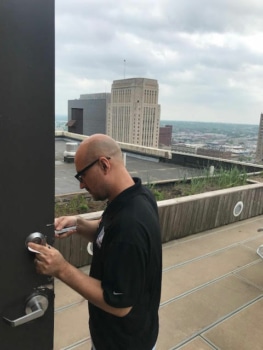
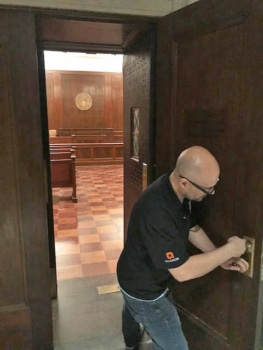
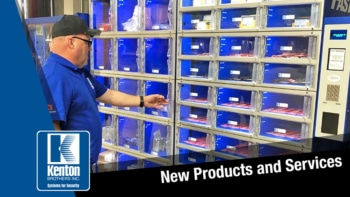 By Kip Phillips, National Integration Manager for Kenton Brothers Systems for Security
By Kip Phillips, National Integration Manager for Kenton Brothers Systems for Security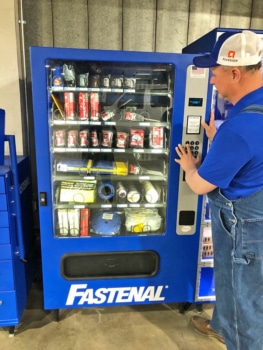 The FASTVend system provides access-controlled cabinets, lockers and vending machines to hold the exact parts we need for our installations. By having the parts available via access control, we can track the quantity of each item being used and which truck or project the parts are being used for.
The FASTVend system provides access-controlled cabinets, lockers and vending machines to hold the exact parts we need for our installations. By having the parts available via access control, we can track the quantity of each item being used and which truck or project the parts are being used for. Our technicians use the vending machine system to keep their trucks stocked with basic consumable tools and installation materials as well as materials specific to ongoing projects. In the future, we’ll be able to use the locker system to receive drop offs of new tools. And we will place broken tools and dull drill bits in the locker system for pick up and repair by Fastenal employees.
Our technicians use the vending machine system to keep their trucks stocked with basic consumable tools and installation materials as well as materials specific to ongoing projects. In the future, we’ll be able to use the locker system to receive drop offs of new tools. And we will place broken tools and dull drill bits in the locker system for pick up and repair by Fastenal employees.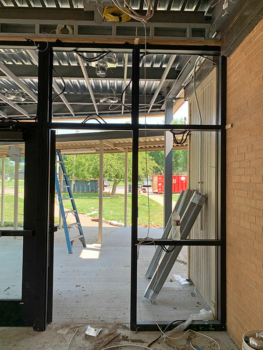
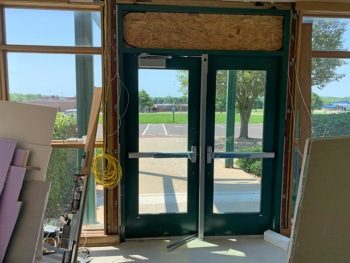
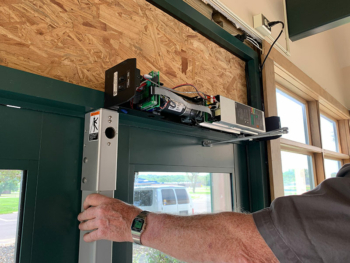
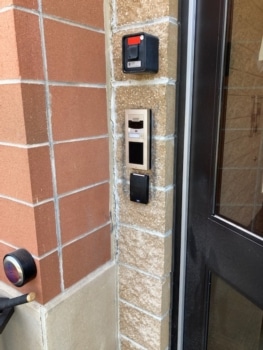
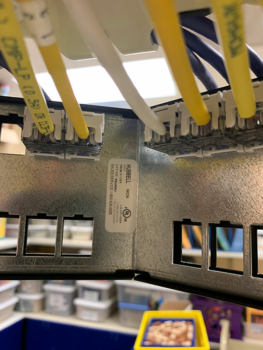
 The USPS is responsible for establishing a method of delivery for all new residential developments. So it’s imperative to choose a USPS compliant mailbox system. The USPS has provided
The USPS is responsible for establishing a method of delivery for all new residential developments. So it’s imperative to choose a USPS compliant mailbox system. The USPS has provided 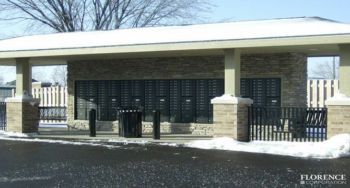 Details can sometimes get overlooked, so plan the design and installation of your
Details can sometimes get overlooked, so plan the design and installation of your 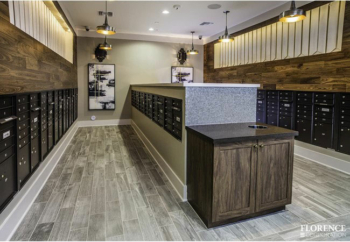 Keeping all mail and packages secure (and protected from weather damage) is key.
Keeping all mail and packages secure (and protected from weather damage) is key.